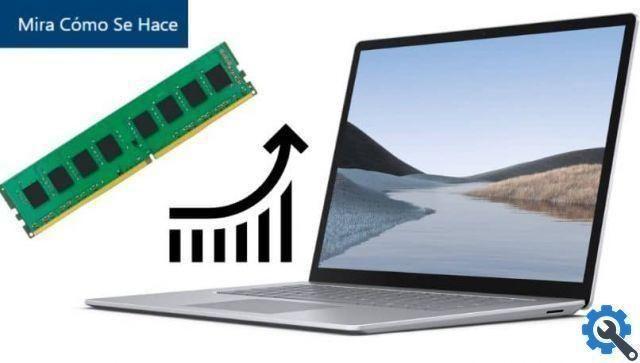Optical discs are the most popular storage unit in the world. Despite having little storage capacity, it is one of the most used. Of course you know them, but you didn't know that was their name. In this guide we will explain what optical discs are for and how many types exist.
What are optical discs and what are they for?
Optical discs are data storage unit in digital format. They are circular in shape, fit easily in one hand, and are often used to store multimedia files such as movies, images and audio. Although it supports any format that can be scanned.
To view the contents of discs using optical disc drives which they read information by means of a laser light beam. To save the information within the disc, the same laser technology is used that traverses the entire disc to encode and record all information.
Optical discs are classified into:
- Read-only or read-only, which means that information about it cannot be saved.
- Recordable or recordable, are those that allow you to register once.
- Regablable or rewritable, these types of discs allow you to store information more than once. Previous information is overwritten before new information is stored.
Types of optical discs
Since their existence, optical discs have undergone modifications that have changed their ability to store information over time. From there different types emerged which are:
cd
The compact disc, also known as CD-ROM, is the most basic storage unit in the optical disc family. It is possible to archive any type of information, but the general use it had in the beginning was to archive audio files.
What are optical discs and what are they for? What types are there? - Complete guide" src="/images/posts/cc8c4679f2e552cf7ee61b6d16812e70-0.jpg">
DVD
The Digital Versatile Disc has a larger storage capacity than its predecessor, the CD. They were created with the intention of replacing the VHS format for archiving files in video format, hence the abbreviation stands for Digital Video Disk.
The storage capacity of the DVD varies between 4,7 GB and 17,1 GB, which are the well-known double-faces. Red laser technology is required to be able to read or write a disc in DVD format.
HD DVD
This format was a bit lagging behind, even a bit after Blu-Ray. It is the enhanced version of the DVD or, as the name indicates, it is the same standard but in high definition. His ability to storage is between 15GB and 45GB for double-sided disk type of the Toshiba company.
It uses blue laser technology for its operation and has been implemented by various companies such as Microsoft and Toshiba. Despite being widely accepted by many companies, it is not as popular as Blu-Ray.
Blue Ray
It is the standard type of disc used to store high resolution video files. Developed by the Blu-ray Disc Association, has a storage capacity of 25 GB, while the double layer can reach up to 54 GB.
Many companies have decided to better develop this technology, such as the Pioneer company which developed a 20-layer Blu-ray disc capable of store up to 500GB. Although I indicate that it is not compatible with standard Blu-ray players that use the blue laser reading mechanism.
UMD
What are optical discs and what are they for? What types are there? - Complete guide" src="/images/posts/cc8c4679f2e552cf7ee61b6d16812e70-1.jpg">
Universal Media Disc or Universal Media Disc was created by the Sony company to be used in its PlayStation PSP portable video game console. The disc is quite small compared to other optical discs and is used to store games.
Advantages of using optical discs
- They are made in a durable material e easy to handle. So if treated properly they can last for years.
- It allows to store almost all of them i formats of file.
- There are easy to carry thanks to their size and weight.
- It's your kind of economical storage unit compared to a magnetic disk or removable drive.


























